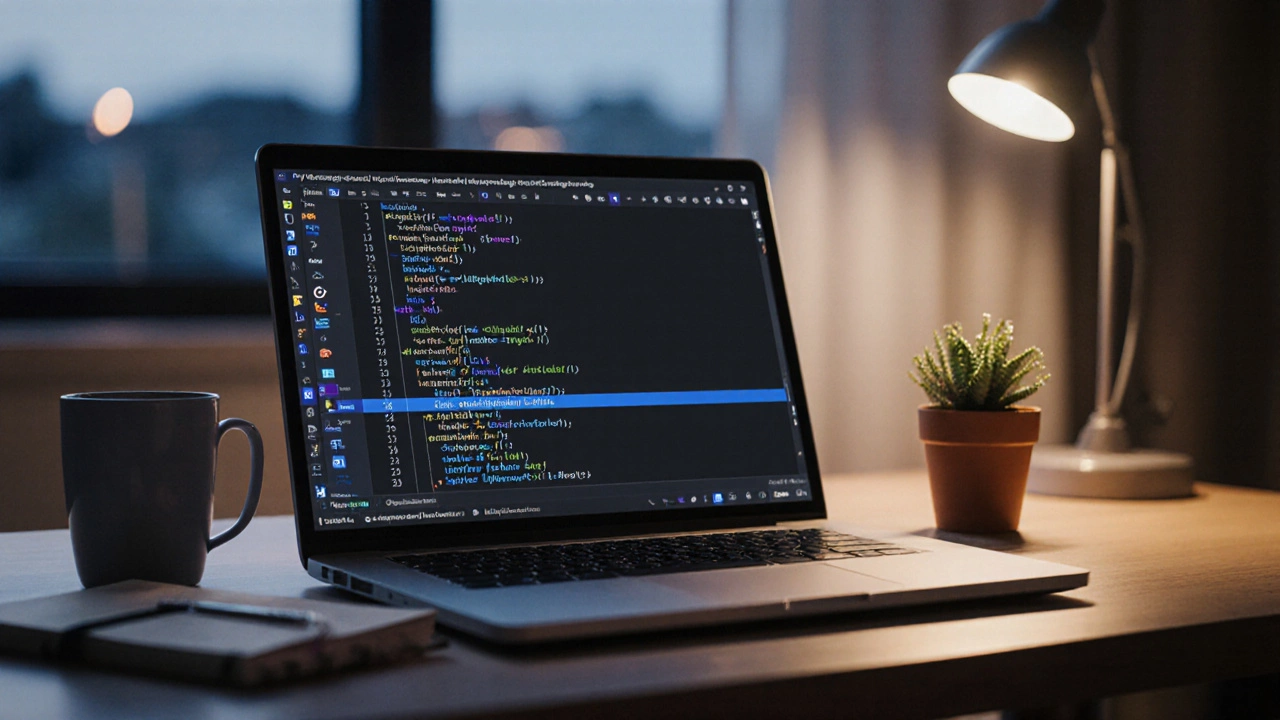When working with lightweight IDE, a streamlined code editor that runs smoothly on low‑end hardware and offers just the essentials for writing, testing, and debugging code. Also known as minimalist development environment, it lets you stay productive without the bloat of full‑featured suites. Because it consumes minimal RAM and CPU, a lightweight IDE enables developers to code on older laptops, budget desktops, or even smartphones. That means you can scrap the “I need a powerful PC to code” myth and start building projects wherever inspiration strikes.
The first thing most people look for is a mobile code editor, a version of the IDE optimized for touch screens and on‑the‑go use. It offers syntax highlighting, auto‑completion, and a built‑in terminal, all wrapped in a tiny footprint. When paired with a lightweight IDE, a mobile code editor web development workflow stays smooth – you can edit HTML, CSS, or JavaScript on the fly and see changes instantly on a browser preview. Another pillar is the programming language, the syntax and libraries the IDE needs to understand. Languages like JavaScript, Python, or PHP already have lean runtimes that fit perfectly inside a lightweight IDE, so you avoid heavy compiler setups. Choosing a language with a small standard library keeps the editor snappy and reduces startup time. Lastly, many freelancers wonder how a lightweight IDE impacts their business. The freelance developer, someone who sells coding services to clients benefits from faster project turn‑around, lower hardware costs, and the flexibility to work from coffee shops or co‑working spaces. When the tool itself doesn’t get in the way, you can focus on delivering value and meeting deadlines.
All these pieces—mobile code editor, web development workflow, the right programming language, and the freelance mindset—fit together like puzzle pieces. A lightweight IDE encompasses the whole stack, requires only modest resources, and influences how developers build and ship products. That’s why the articles below dive deep into using cheap or free tools, pricing freelance work, mastering responsive design, and even learning JavaScript vs. Java. Whether you’re looking to code on a phone, start a side hustle, or pick the best language for your next project, the collection gives you practical steps and real‑world examples.
Ready to see how these ideas play out in actual guides? Scroll down and explore the full range of tips, tutorials, and cost breakdowns that will help you get the most out of a lightweight IDE today.

Explore top VS Code alternatives, compare performance, cost, and features, and learn how to pick the best code editor for web development in 2025.
Read More